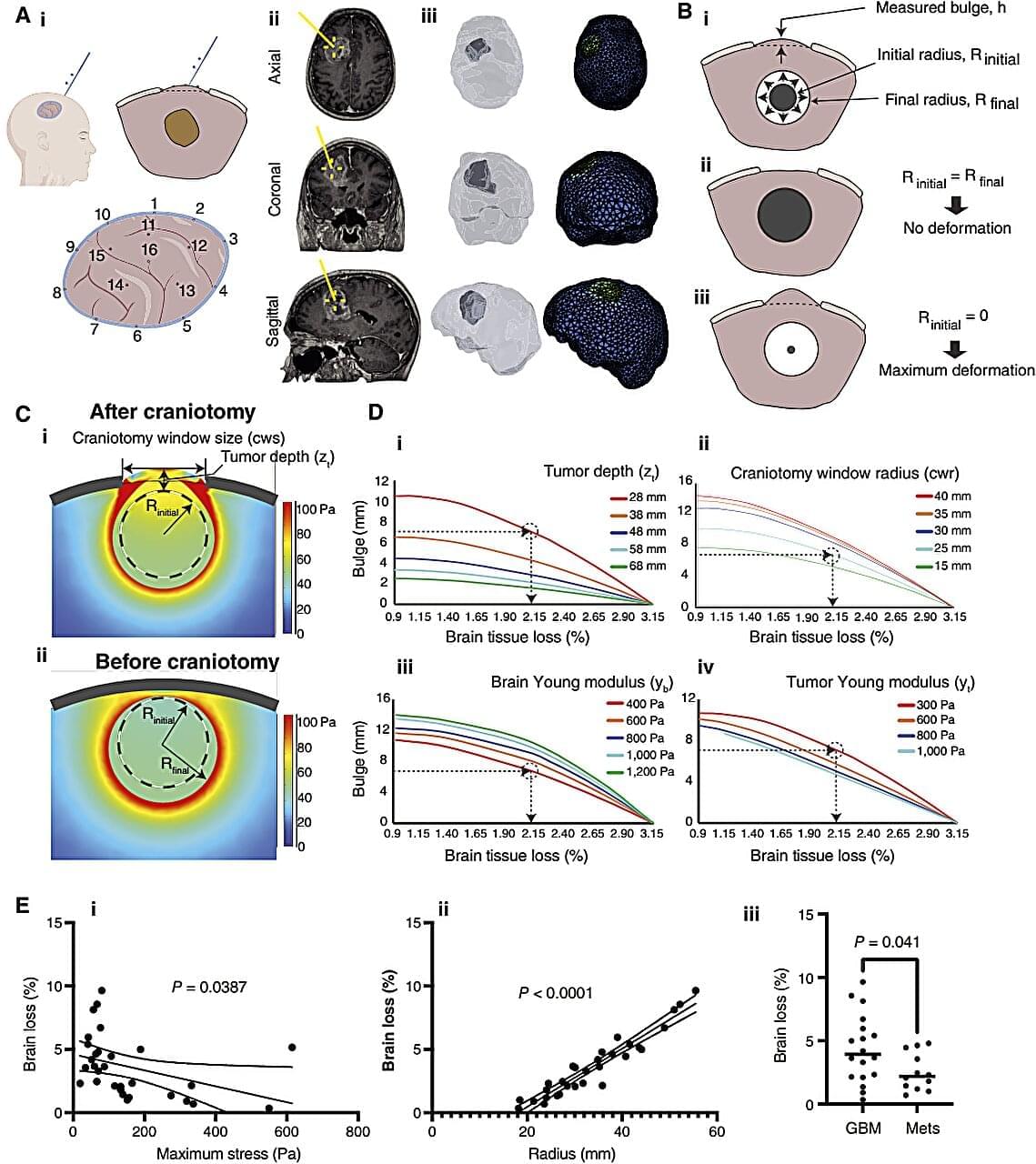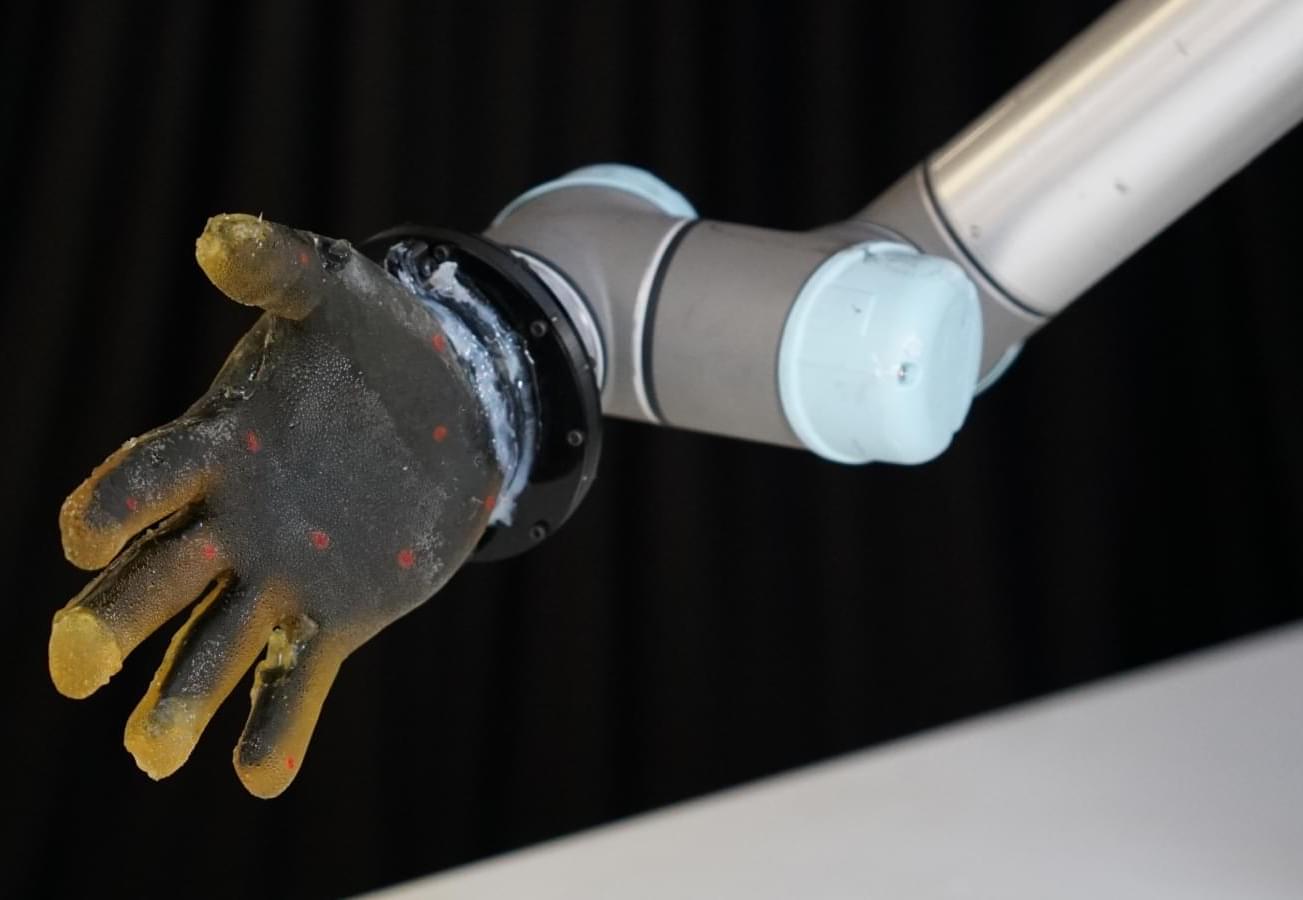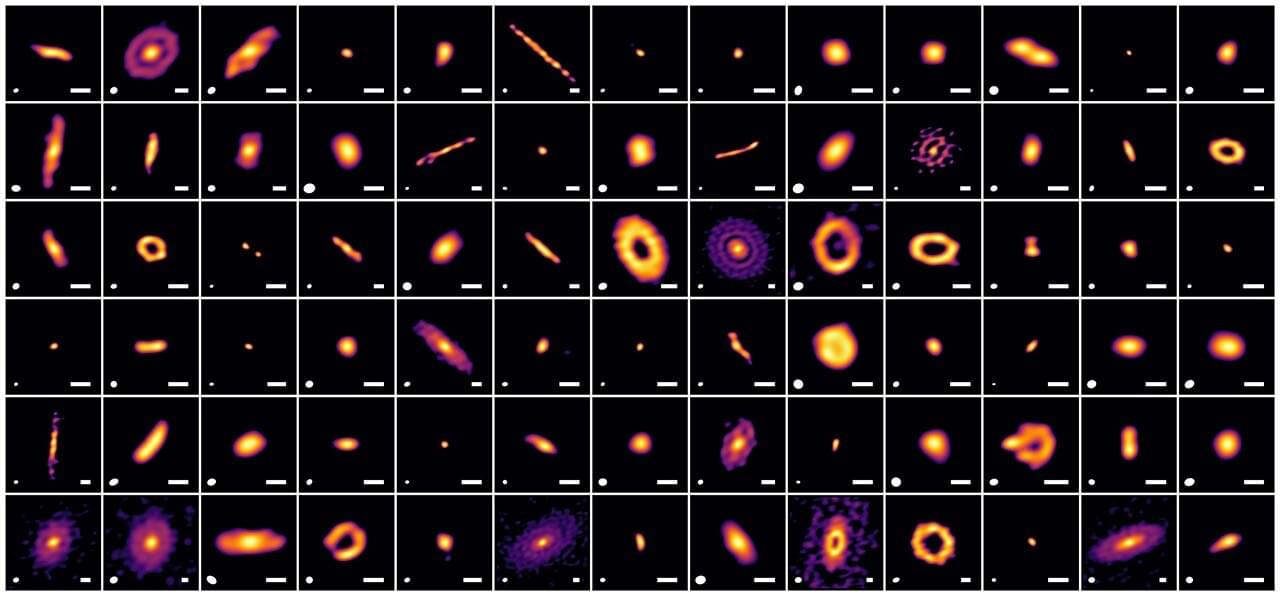Join Dame Angela McLean, the Government’s Chief Scientific Adviser, as she discusses the transformative potential of the field of engineering biology.
This Discourse was recorded at the Ri on 25 April 2025. Find out more about Discourses here: https://www.rigb.org/explore-science/explore/blog/history-fr…-discourse.
Watch the Q&A here (exclusively for subscribers): https://youtu.be/GKRTtoEpFeI
Join this channel to get access to perks:
https://www.youtube.com/channel/UCYeF244yNGuFefuFKqxIAXw/join.
The field of engineering biology uses the whole span of biological sciences in conjunction with technology and engineering to benefit multiple sectors and our society more broadly.
But as a relatively new field, scientists still have many unanswered questions. What are the key opportunities and risks it presents? What barriers stand in the way of engineering biology revolutionising society?
Dame Angela McLean, the Government Chief Scientific Adviser, has been considering the scientific evidence behind the many claims – both utopian and dystopian – associated with research and innovation in engineering biology. In this Discourse, Dame Angela shares what she has learned from her “Year of Engineering Biology”, describing her vision for this suite of technologies and the applications she expects to emerge over the next decade and beyond.






